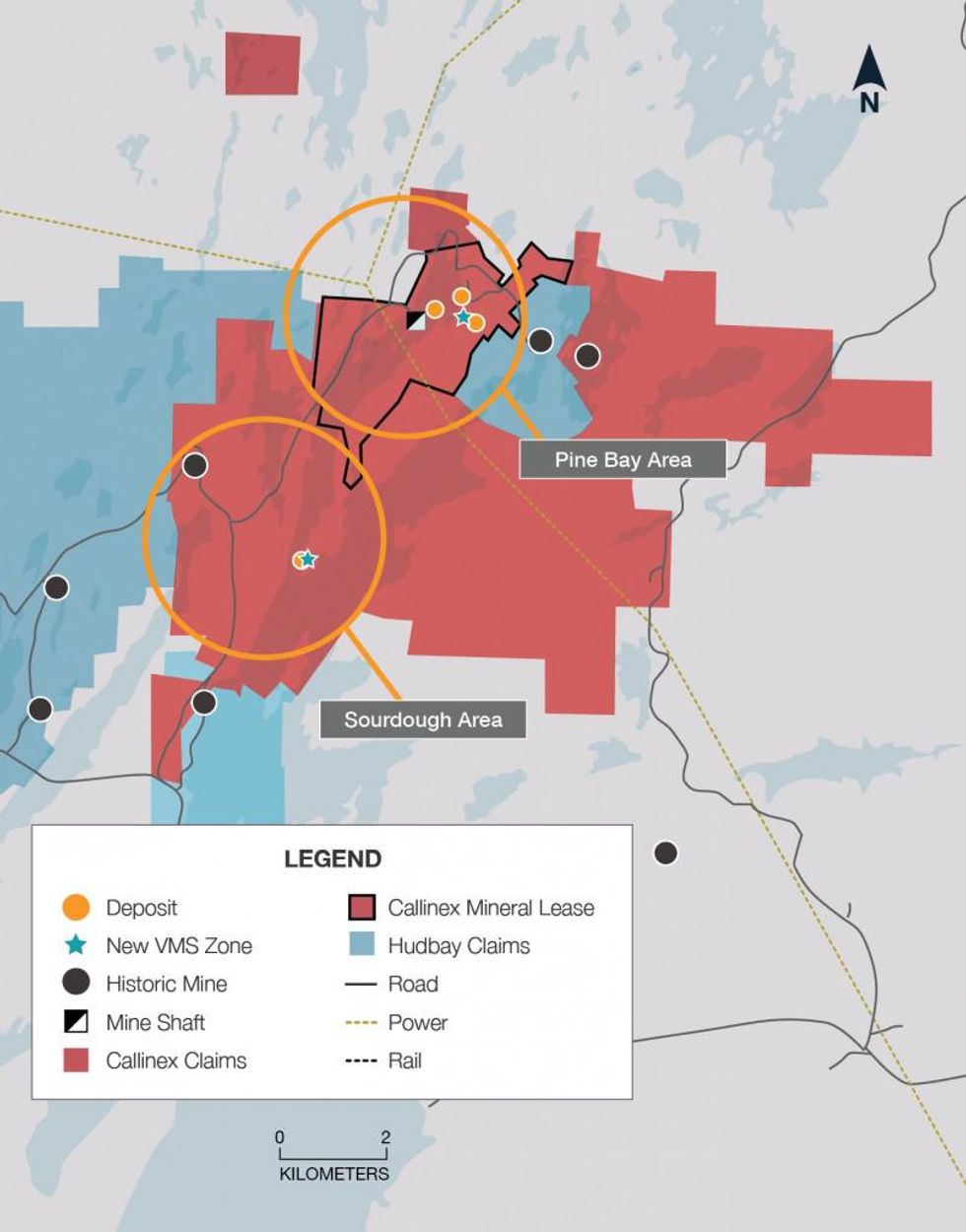- AustraliaNorth AmericaWorld
Investing News NetworkYour trusted source for investing success
- Lithium Outlook
- Oil and Gas Outlook
- Gold Outlook Report
- Uranium Outlook
- Rare Earths Outlook
- All Outlook Reports
- Top Generative AI Stocks
- Top EV Stocks
- Biggest AI Companies
- Biggest Blockchain Stocks
- Biggest Cryptocurrency-mining Stocks
- Biggest Cybersecurity Companies
- Biggest Robotics Companies
- Biggest Social Media Companies
- Biggest Technology ETFs
- Artificial Intellgience ETFs
- Robotics ETFs
- Canadian Cryptocurrency ETFs
- Artificial Intelligence Outlook
- EV Outlook
- Cleantech Outlook
- Crypto Outlook
- Tech Outlook
- All Market Outlook Reports
- Cannabis Weekly Round-Up
- Top Alzheimer's Treatment Stocks
- Top Biotech Stocks
- Top Plant-based Food Stocks
- Biggest Cannabis Stocks
- Biggest Pharma Stocks
- Longevity Stocks to Watch
- Psychedelics Stocks to Watch
- Top Cobalt Stocks
- Small Biotech ETFs to Watch
- Top Life Science ETFs
- Biggest Pharmaceutical ETFs
- Life Science Outlook
- Biotech Outlook
- Cannabis Outlook
- Pharma Outlook
- Psychedelics Outlook
- All Market Outlook Reports
Callinex Mines Discovers New Massive Sulphide Zone in Manitoba

Callinex Mines Inc. (TSXV:CNX) announced the discovery of a new Volcanogenic Massive Sulphide zone (the “VMS Zone”) at the Pine Bay Project located near HudBay’s 777 Mine and processing facilities in Flin Flon, Manitoba.
Callinex Mines Inc. (TSXV:CNX) announced the discovery of a new Volcanogenic Massive Sulphide zone (the “VMS Zone”) at the Pine Bay Project located near HudBay’s 777 Mine and processing facilities in Flin Flon, Manitoba.
As quoted in the press release:
Highlights:
- New VMS zone intersected over four meters that hosts chalcopyrite mineralization and a subsequent zone of sphalerite mineralization;
- Borehole geophysical survey has identified a highly conductive body which extends at depth; and
- Alteration and sulphide mineralization encountered indicates nearby, ‘proximal’ source to robust VMS system.
The VMS Zone was encountered approximately 450m east of the Pine Bay deposit and historic underground workings (See Figure 1). Drill hole PBM-008 intersected massive sulphides with significant chalcopyrite mineralization, a copper-bearing mineral, over a four meter width at a vertical depth of 313m and a subsequent zone with sphalerite stringers, a zinc-bearing mineral. A borehole electromagnetic (“BHEM”) survey completed on PBM-008 identified a highly conductive body, nearly all of which is modeled at depth with a southwest plunge. The Company is expediting the core samples to the assay laboratory and anticipates receiving analytical results within four weeks.
Drill hole PBM-008 intersected the VMS Zone by testing a vintage 1992 BHEM off-hole anomaly identified by Placer Dome Inc. from drill hole BP-4-92. The historic drill hole intersected 20m of massive chlorite and strong sulphide mineralization including 17.75m of 0.86% zinc and a 0.75m stringer intersection of 10.0% copper. Placer Dome attempted to follow up on drill hole BP-4-92, where they identified potential for a large VMS deposit, with drill hole 284-5-93, their final drill hole at the Pine Bay Project. However, drill hole 284-5-93 was abandoned at a depth of 420m because the hole was tracking steeper than anticipated and would not have tested the BHEM off-hole target. Subsequently, in 1995, Inmet Mining Corporation made an attempt to follow up on the target area, but the drill hole was collared too far to the southeast and failed to intersect the horizon.
The VMS Zone is hosted within a strongly altered (chloritized ± sericitized ± silicified) package of felsic volcanics that have abundant near-solid bands and stringers of pyrite intermittently spread over a core length of approximately 330m in the immediate stratigraphic footwall (from 52.6m to 386.5m in PBM-008). The presence of appreciable black chlorite, pyrrhotite, chalcopyrite and sphalerite further suggests that the VMS Zone intersected in drill hole PBM-008 may be part of a feeder pipe system normally associated with typical VMS deposits (See Figure 2).
An intense VMS alteration zone, spanning approximately 700m by 1,100m and located in the Baker Patton Felsic Volcanic Complex, one of the largest felsic volcanic centers, occurs immediately east of and underlying the Pine Bay, Cabin and Baker Patton deposits. The newly encountered VMS Zone is highly prospective given indications of a ‘proximal’ footwall feeder pipe system and close proximity to a large VMS alteration system. Additional drilling is necessary to determine the extent and significance of the mineralized system.
To date, four holes totaling approximately 2,967m have been completed as part of the previously outlined 7,300m 2016 winter drilling campaign. The Company anticipates that drilling will commence in the Sourdough area to follow-up on the discovery from the summer 2015 drilling program once ice conditions are sufficient. Additionally, one lake-based drill hole is planned to test an unexplained 500m long VTEM airborne geophysical anomaly located slightly northwest of the Pine Bay deposit. One of the two drill rigs has been temporarily placed on standby and may resume once lake-based drilling commences. Samples from the additional four holes are being prepared for shipment to an SGS facility for preparation and analysis in Vancouver, BC.
Outlook Reports
Featured Stocks
Browse Companies
MARKETS
COMMODITIES
| Commodities | |||
|---|---|---|---|
| Gold | 2351.90 | +13.01 | |
| Silver | 27.97 | +0.09 | |
| Copper | 4.27 | 0.00 | |
| Oil | 85.66 | -0.77 | |
| Heating Oil | 2.70 | -0.03 | |
| Natural Gas | 1.89 | +0.05 | |
Investing News Network websites or approved third-party tools use cookies. Please refer to the cookie policy for collected data, privacy and GDPR compliance. By continuing to browse the site, you agree to our use of cookies.
